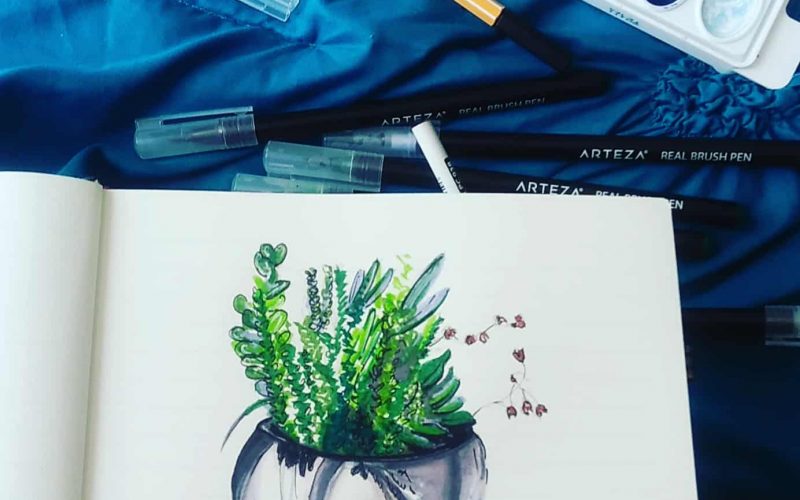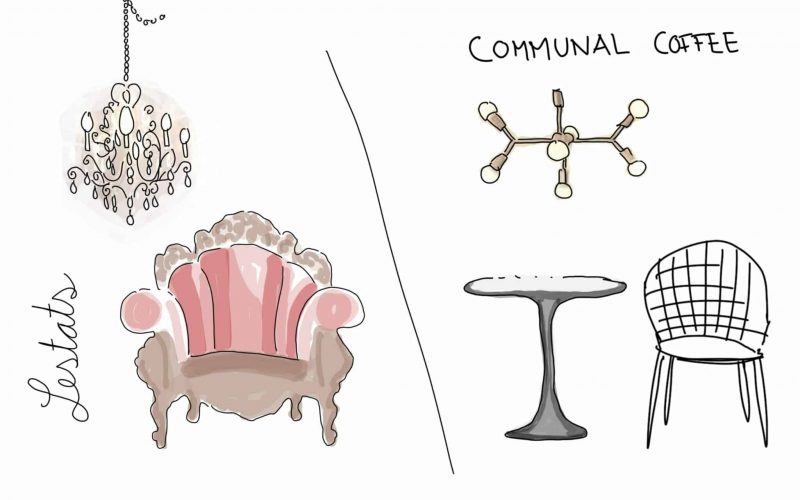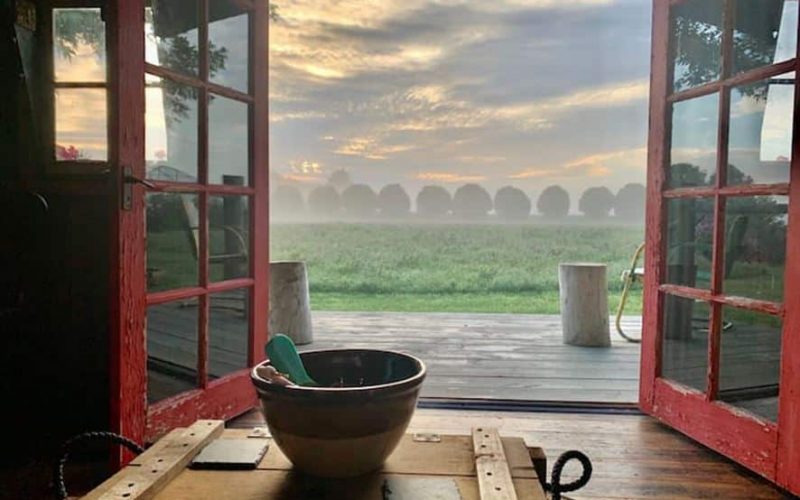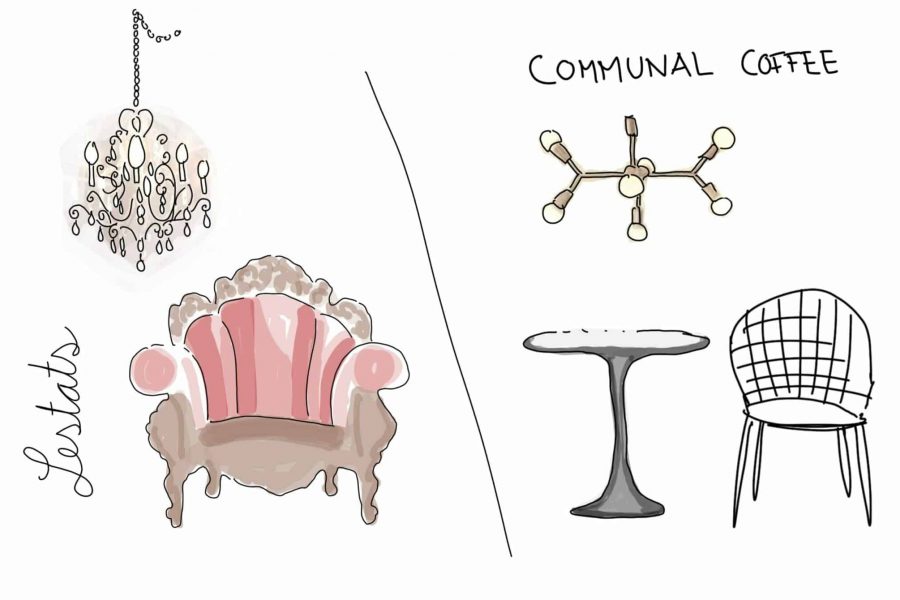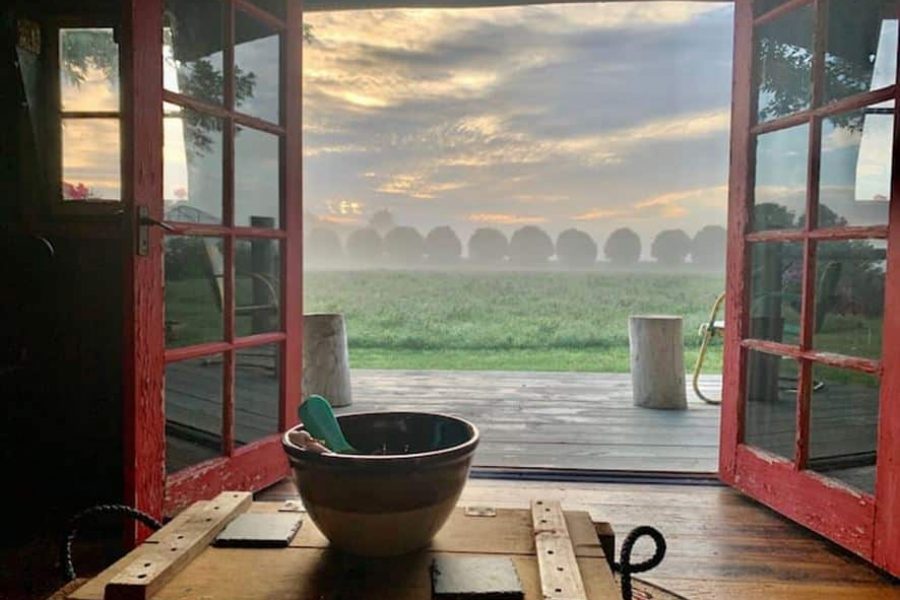Photos of house plants are on the rise on social media. One simply has to open Instagram is greeted with a display of houseplants. Monstera plants, rubber plants and fiddle leaf figs are all the rage right now. But did you know that these green friends do much more than transform your space into a picture ripe for Pinterest (https://www.pinterest.com/). Some people believe that plants have healing qualities and can increase your productivity and joy. Is this really true? Can stopping at a local nursery and picking up a few potted plants really change your life? People are gravitating towards the green trend and there must be something to it. Here are five evidence-based reasons plants can improve your life.
Plants can make you smarter. Or, at least, can improve your attention span.
Do you ever wonder why interior designers incorporate green walls, large potted plants and photos of nature into their designs for office space? When we listen to findings from research and bring plants into our space, we can experience the benefit of increased attention span and problem solving. Particularly during the current pandemic with so many of us working from home, it is a good time to test these theories. A research study on benefits of indoor plants on attention capacity shows that participants improved their performance when surrounded by just four plants. Researchers measured the attention span of 34 students doing various tasks in different settings, with and without plants. The study indicated that indoor plants can prevent fatigue during attention-demanding work (Raanaas, 2011). So maybe if you are trying to wean off the coffee you could sit next to a plant while you work instead and experience some green caffeine!
Plants make you happier.
Why do people feel drawn to nature? In recent years the term Biophilia has emerged in the field of architecture and design as a widely used concept that “there exists an innate desire in humans to be connected with nature.” (Wilson, 1986, p.1) A study at University of Illinois at Urbana–Champaign showed that exposure to nature increased positive emotions in participants (Mayer, 2009). Even just watching nature on a screen increased the positive effects, although the emotions were heightened through physical nature. Hanging photos and art of nature around your house can be a wonderful addition to your space, but wherever possible and to experience the full benefits, go for living plants. The study also showed that plants can heighten your sense of reflection and self-awareness, which can in turn lead to a more fulfilling and happier life with more rewarding relationships. I have a friend who uses the task of watering her plants as a practice of mindfulness and gratitude. She has reported feeling calmer and more connected after spending time with her plants. I don’t think I know anyone who has ever gotten angry by looking at a plant. Table 1 provides evidence for the idea that you can feel happy and inspired around plants.
Table 1
Survey Showing the Impact of Internal Green Space on Mood
Note. Workplaces that offer internal green space benefit from a higher percentage of workers feeling more happy and inspired. (Cooper, 2015)
Plants make you healthier
I stopped buying those air plug-in fresheners from Bath and Body Works because just the thought of the toxins being emitted made my throat swollen. Instead I buy plants because they are natural air fresheners. In 1989, scientists at NASA discovered that plants increase indoor air quality by removing harmful chemicals from the air and making it cleaner for humans to breathe, as seen in Figure 1 (Wolverton et al., 1989).
Figure 1
Graph Showing the Effect of Plants on Levels of Air Pollutants
Note. A golden pathos plants removes air pollutants Benzene and Trichlordethylene inside of a sealed chamber (Wolverton et al., 1989).
Plants make you more creative
According to Cooper (2015) people who surround themselves with plants enjoy higher creativity than those whose spaces don’t have greenery. Also, because plants can increase attention and prevent fatigue, the brain can shift into a different processing mode and can make you feel more relaxed so your creative thoughts have room to flourish (Raanaas, 2011). I have several plants in my living space and I feel like they help me express my creativity more. Figure 2 shows a painting that I did at home while referencing a plant in the corner of my living room.
Figure 2
Painting of a Monstera Plant
Note. I like filling my home with plants because they make me feel more inspired and creative. This particular plant in the corner of my living room inspired me to create a painting of it. (image by author)
Plants are pretty!
I asked myself why it is that I have spent hour on Pinterest looking at photos of nature and indoor plants. I believe one of the reasons is that they are just pretty! I love surrounding myself with plants because they brighten up my space, add color, texture and just look good. It’s a way to layer elements and add a certain softness. The way the vines of my pathos are draped across my door adds fluidity and creates a sense of flow and possibility. The dark green leaves of a different potted plant in Figure 3 contrast against the white wall and there is a certain energy and aliveness emanating from the plant. We take care of plants and they take care of us.
Figure 3
Photograph of a Plant Reflecting in a Picture Frame
Note. The dark green leaves of the potted plant provide contrast and texture against the white wall. Plants are a way for me to personalize my space and feel at home. (image by author)
These findings make sense when you consider that humans have lived close to the land as hunter-gatherers for an estimated 350,000 generations (Pretty, 2002). We aren’t meant to be separated from nature and I believe deep down we have a longing to feel connected to the natural environment around us. If you want to increase your wellbeing even more, go outside, take a walk in a local park, or visit a national park. Notice nature around you and be curious. See what you feel and what it does to you. And then, bring some nature back into your home.
References
Cooper, C., Browning, B. (2015) Human spaces: The global impact of biophilic design in the workplace.
Interface, 1-47.
Mayer, F. S., McPherson, C., Bruehlman, F. E., & Dolliver, K. (2009). Why is nature beneficial?: The role of
connectedness to nature. Environment and Behavior, 41(5), 607-643. http://eab.sagepub.com/cgi/content/abstract/41/5/607
Pretty, J. (2002). Agri-culture: Reconnecting people, land, and nature. London: Earthscan.
Ranaas, R. K., Evensen K. E., Rich, D., Sjøstrøma, G., Patila G. (2011). Benefits of indoor plants on attention capacity in an office setting. Journal of Environmental Psychology, Volume 31(Issue 1), 99-105. https://doi.org/10.1016/j.jenvp.2010.11.005
Wilson, E. O. (1986). Biophilia. Harvard University Press.
Wolverton, B. C., Willard, L., & Bounds, K. (1989) A study of interior landscape plants for indoor air
pollution abatement. NASA, 1-14.





